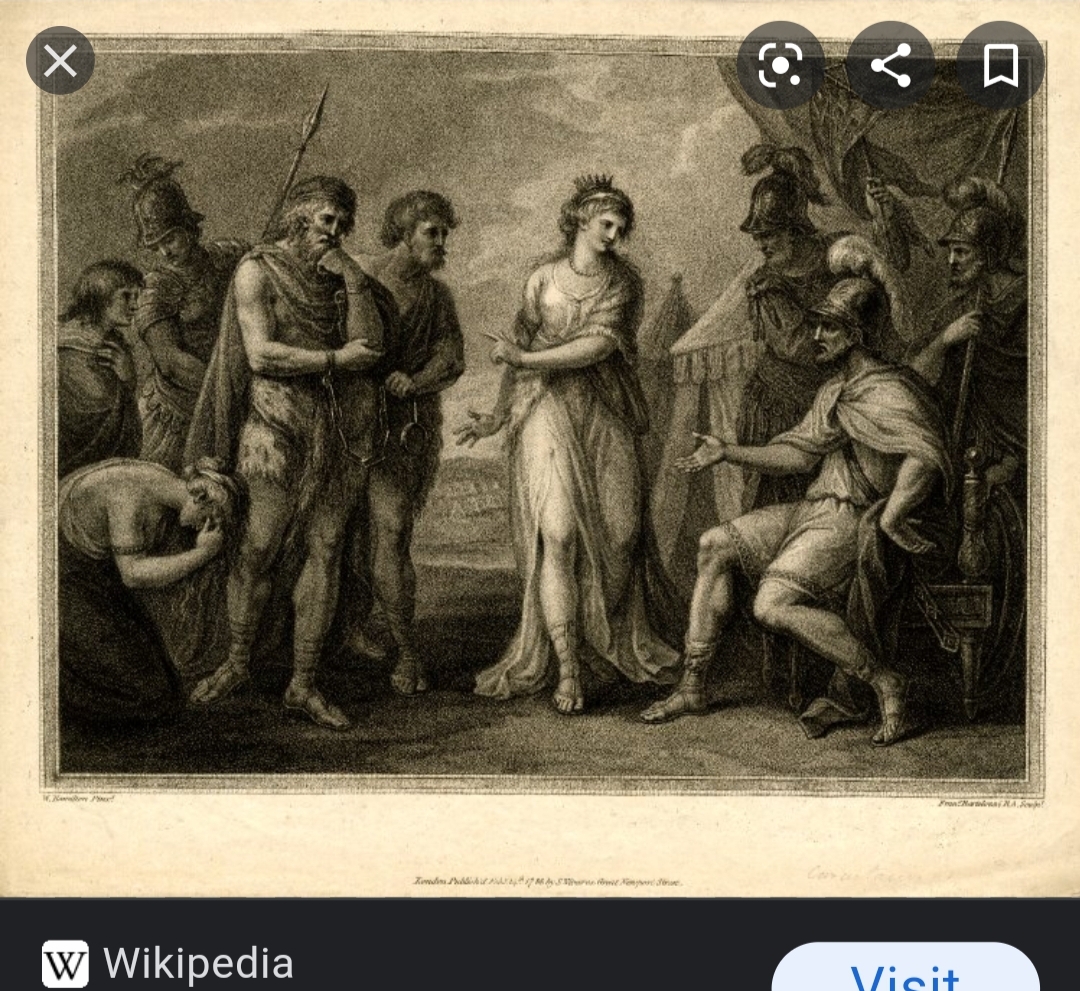
1157: Cartimandua
Queen of the Brigantes
Born: Unknown, Ancient Britannia (Present-day Britain, United Kingdom)
Died: After c.69 AD, Ancient Britannia (Present-day Britain, United Kingdom)
Also Known As: Cartismandua
The Brigantes were the biggest territorial tribe in Britannia, encompassing modern-day Yorkshire. Most of what we know about Cartimandua comes from the Roman author Tacitus. According to English Heritage, Cartimandua is the first documented queen to reign in part of the British Isles.
Cartimandua made several deals with Rome to keep the peace between the empire and her people. She ruled over her tribe from around 43 to 69 AD. She came to power around the same time as Rome overtook Britannia.
In 51 AD, another Celtic king led an uprising against the Romans. When his rebellion fell apart, this king and his family sought refuge among the Brigantes. Unfortunately for him, Cartimandua handed the king over to the Romans. Cartimandua’s people turned against her for this treacherous act.
Six years later, Cartimandua further angered her people by deciding to divorce her husband Venutius in favor of his armor-bearer, Vellocatus. Her ex-husband formed a rebellion against Cartimandua, and unfortunately for her, Venutius was much more popular with their people than she was.
The Romans sent cohorts in and defeated the Celts in order to protect Cartimandua, who was still, after all, their ally, even if her people were not in spirit. In 69 AD, after the death of Emperor Nero, Venutius launched another rebellion during the political upheaval rocking the Roman Empire.
Because of the political climate of Rome, they were unable to send the cohorts of troops Cartimandua requested. Instead, all they could send were auxiliary forces. Cartimandua fled to the newly built Roman fort in order to save her life, and unfortunately this is also where the queen fades from history.
Venutius briefly ruled over the Brigante people but was eventually ousted by the Romans.
The archaeological site of Stanwick is now believed to be the Brigantian capital from the time Cartimandua ruled (though this cannot be conclusively proven due to a lack of archaeological evidence bearing the queen’s name). The site covers just over a square mile in area and has produced numerous archaeological finds.
Sources:
https://www.historic-uk.com/HistoryUK/HistoryofEngland/Cartimandua-Cartismandua/
https://www.english-heritage.org.uk/learn/histories/women-in-history/cartimandua/

